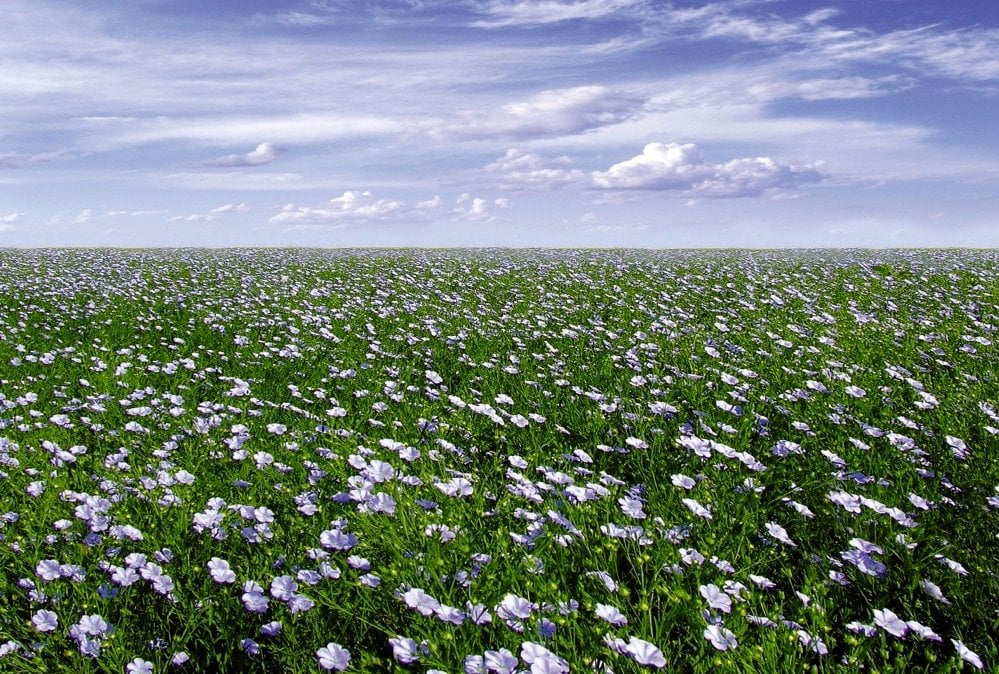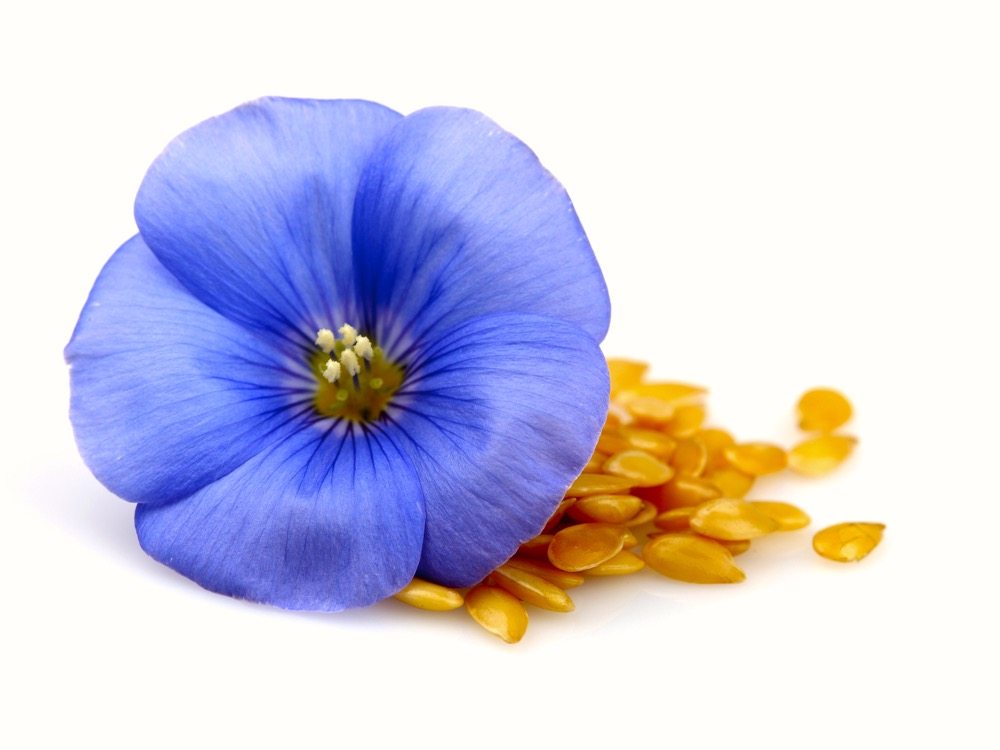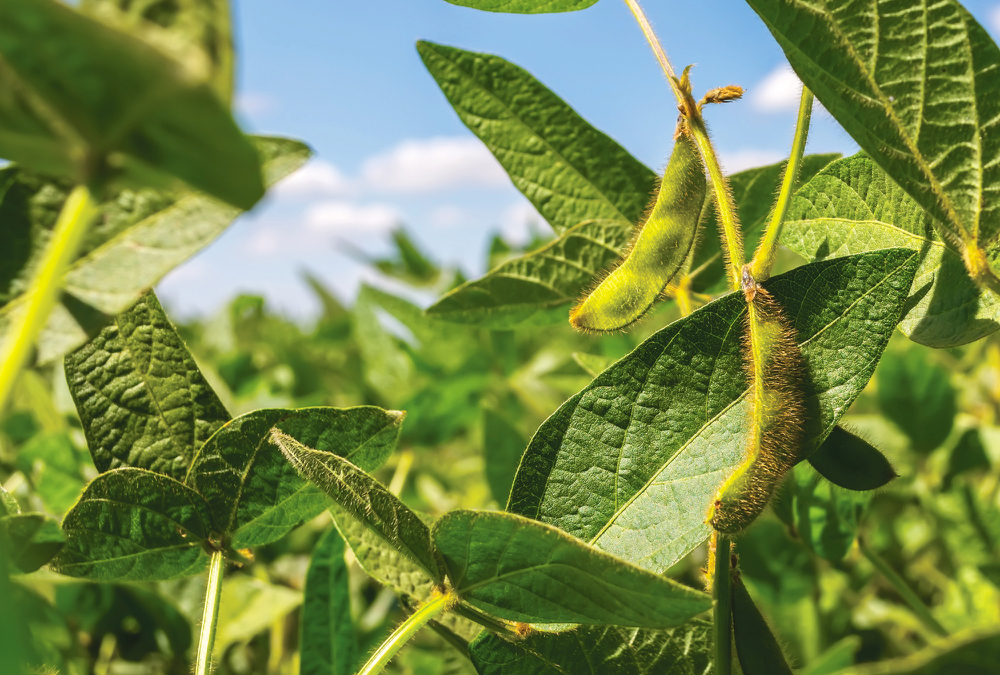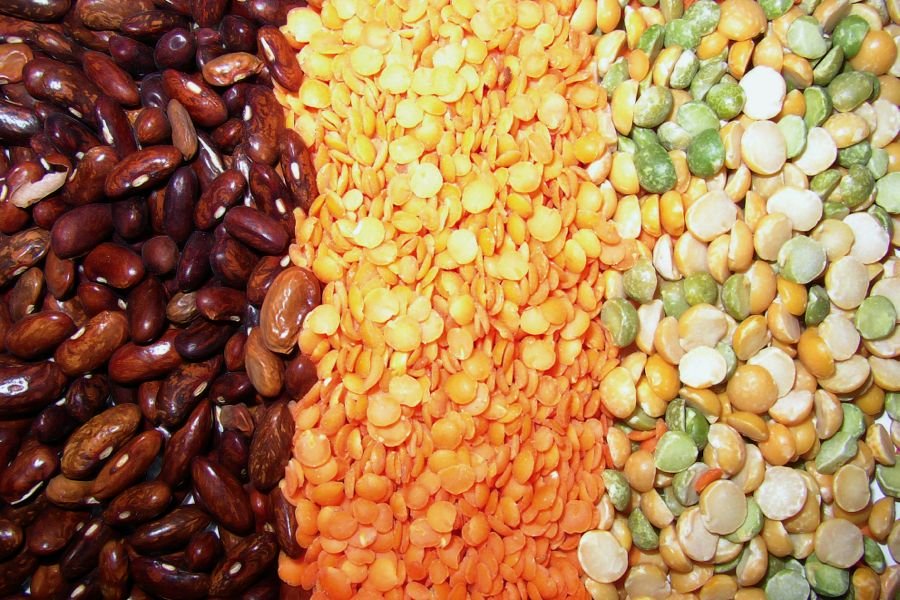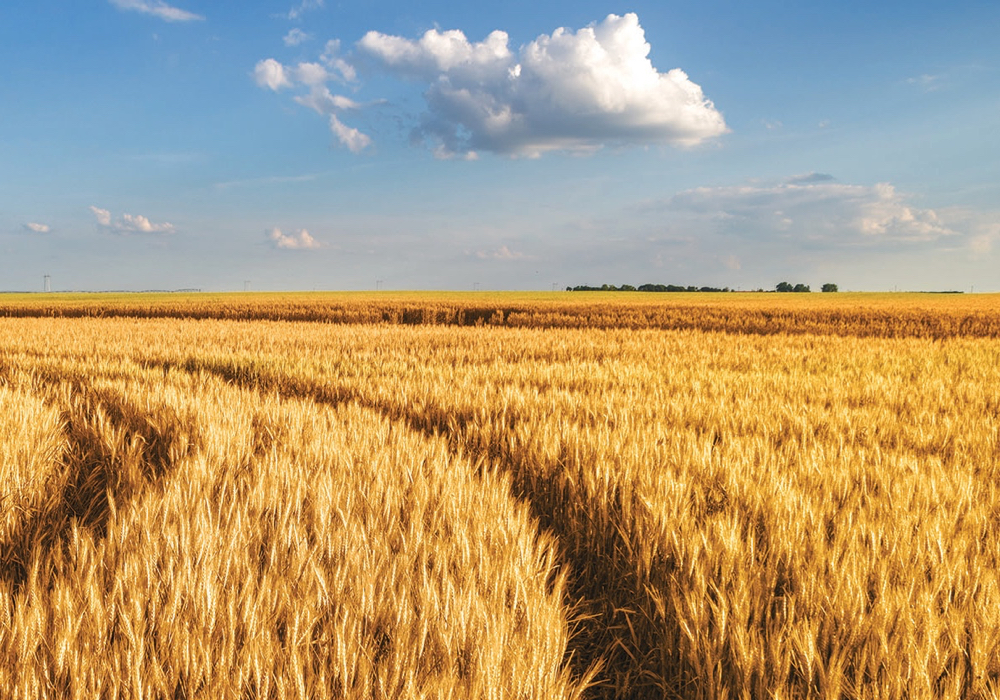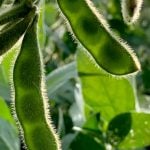These updated best management practices guide you through crop management season by season

A series of three-year research projects in key growing areas are helping to update best management practices for flax agronomics, including these highlights.
1. Seeding

Seed flax as early as possible into either a pulse or a cereal stubble, and avoid following brassicas such as canola or mustard.
“Because canola is a non-mycorrhizal crop, it doesn’t form associations with mycorrhizal fungi so those fungal populations decline and therefore there are fewer fungi available for the flax — which is a mycorrhizal crop — to form associations with,” says Rachel Evans, extension agronomist at the Flax Council of Canada. “That causes a reduced ability for the plant to take up nutrients like phosphorus and we see decreased early season biomass and also decreased yield.”
2. Early weed control

Growers should also consider weed control before seeding flax, with a residual herbicide such as a Group 8 in the previous fall or a pre-plant glyphosate and a Group 14 because weed control options in flax are limited.
“There are very few herbicide groups that growers can use, and they are older products — and particularly with the Group 1s — we’re seeing wild oat-resistant populations,” Evans says. “Anything that growers can do to try and manage weeds prior to flax going in is going to help in the long run.”
3. Narrower row spacing

With increasing acres of soybeans and corn in Manitoba, there has been a move towards wider row spacing, but research led by Chris Holzapfel at Indian Head Agricultural Research Foundation (IHARF) has shown the maximum row spacing for flax appears to be 12 inches.
“Chris’s work has shown that going wider than a 12-inch row spacing results in an increasing yield loss,” says Evan. “Flax is an uncompetitive crop. You need an integrated approach to be able to handle the weed pressure, and row spacing is one way that you handle that.”
4. Seed treatments
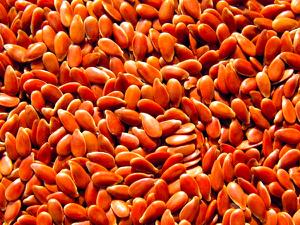
Researchers are still evaluating some of the seed treatments for flax, including Nufarm’s Intego Solo and UAP’s Vitaflo that have been around for a number of years, and the newly registered Insure Pulse by BASF.
“We do see an increase in plant populations with a seed treatment but we haven’t necessarily seen that account for increase in yield,” says Evans. “There probably are circumstances where seed treatment would make sense, particularly if you are seeding earlier into cold, wet soils, especially in Manitoba.” Some years, seed quality may also be an issue, like the spring of 2017 due to late harvesting the previous fall.
5. Seeding rate

Seeding rate recommendations haven’t changed significantly, and the recommendation is still that growers seed 40 to 50 lbs./ac. But how you get there is more scientific. “Growers should target 30 to 40 plants per square foot, so I would just recommend growers follow the plant population and calculate their seeding rate by looking at thousand-kernel weight and germination percentage of the seed to target that plant population,” says Evans. “Thousand-kernel weights do vary, and flax does have an ability to somewhat compensate for low plant populations… we have seen some negative impacts of seeding too high, so the middle range is ideal.”
Flax is a small seeded crop and seeding shallow — less than an inch — is ideal to allow it to emerge quickly so it can get off to a good start and out-compete weeds.
6. Fertilization

Soil test to determine background nitrogen and top up with N fertilizer to target a 45 bu./ac. yield.
7. Weed competition

Preliminary results from new weed management trials suggest that early seeding a taller cultivar at a rate of 800 seeds per square metre to target 450 plants per square metre helped increase plant populations, reduce wild oat biomass and increase plant biomass.
8. Newer varieties

Evans also suggests growers try some of the newer flax varieties. “Bethune is still an overwhelmingly popular variety and it’s consistent, which is why growers like it,” says Evans. “But there are some newer varieties that warrant consideration. A new one that will be released shortly by the CDC (FP2513) is yielding 17 per cent higher yields than Bethune in the black and dark grey, longer-season growing zones. This is a significant achievement by the CDC.”
9. In season

Pasmo is a disease caused by the fungus Septoria linicola and has been observed in almost all flax fields surveyed in Western Canada, with disease severity from trace to 60 per cent. Yield losses in infected fields have ranged from 10 to 30 per cent. “I’m strongly recommending growers scout for the disease from seedling to flowering, and know what the symptoms look like,” says Evans.
The best time to determine the need for a fungicide is at early flowering when growers should look for dark brown to black lesions on the lower leaves of the plant. If lesions are observed, apply fungicide at early flowering for best control. Currently, only Headline EC and Priaxor fungicides are registered for pasmo control in flax.
“One thing I would caution against is that although we do see a yield benefit from applying fungicide when the disease is present, we don’t typically see a benefit from applying fungicide when the disease is not present,” says Evans.
10. Harvest
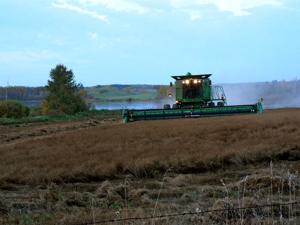
Straw management is still a concern for flax growers. Although there continues to be interest in further developing a flax fibre industry in Canada, Sask Flax and researchers at the University of British Columbia are approaching the issue from a different angle, and looking at ways to reduce the stem fibre in the flax so that it can be easily chopped and spread.
There are basically two options for flax straw management at the moment: baling or burning. Burning is not the best option from the standpoint of sustainability, and some growers have figured out some alternative uses or found niche markets for their flax straw.
“Some growers grow flax every five years because they also have a cow/calf operation and they like the bales for winter pack or a wind break,” says Evans. “Some are doing small bales and selling them to rural residential for their septic fields. Schweitzer-Mauduit in Carman also still takes flax straw that they turn into paper, and they have the capacity to take around 80,000 acres of flax straw. They pick up bales and do custom bailing, so there is still that market available to growers.”
11. Rotation benefits

There are a number of benefits to including flax as part of the rotation, especially for disrupting disease and pest cycles. The diseases and insects that affect flax are almost all specific to flax.
It can help in the other direction too. “An example would be blackleg in canola,” says Evans. “That’s a disease in canola which we know benefits from a longer rotation, so replacing one of those canola years with flax would be beneficial for canola to try and reduce the disease pressure.”
The other advantage of flax in the rotation is that its shallow rooting system can help retain moisture for deeper-rooted crops that follow. “In fields where growers had flax this year, although it will have been dried out in the upper soil layers where the majority of the flax roots were, the lower soil layers will have more moisture in them,” Evans says. “If they then grow a deeper rooting crop like wheat or canola on the flax stubble, that moisture lower down in the profile is going to be there.”
Research projects

The Saskatchewan Flax Development Commission has been involved in a number of flax research projects at the University of Saskatchewan, and Agri-Arm site like the Indian Head Agricultural Research Foundation (IHARF). Funding for several of these projects has partially come through the Saskatchewan government’s ADOPT program (Agricultural Demonstration of Practices and Technologies), which provides funding to help producer groups demonstrate and evaluate new agricultural practices and technologies at the local level, as well as the Western Grains Research Foundation.
In Manitoba, the Flax Council of Canada has funded projects through the joint provincial/federal Growing Forward II, Growing Actions program. In 2015, the first trial sites were at the Parkland Crop Diversification Foundation at Roblin and at Integrated Crop Management Services at Portage la Prairie. The trials expanded in 2016 and 2017 to include sites at Carberry, Melita, and Arborg.
For a complete guide to growing flax, download the TIPS pdf from the Flax Council of Canada’s website at
flaxcouncil.ca.



